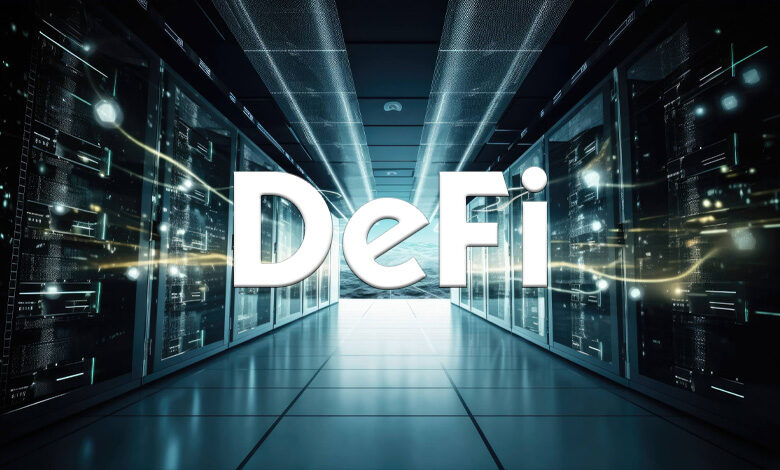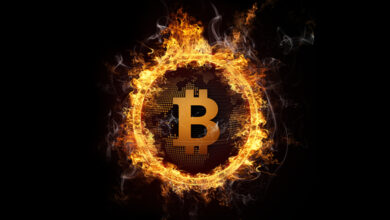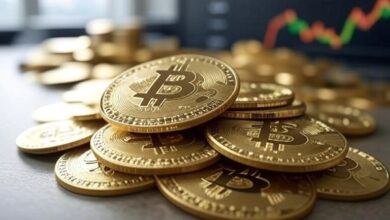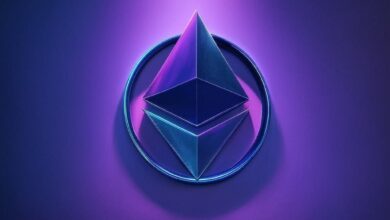Unveiling DN-404, A Competing Vision for ERC-404 Implementation

A group of crypto developers have unveiled their alternative implementation of the experimental ERC-404 token standard, aiming for greater efficiency while maintaining functionality.
Introduced as DN-404, this implementation promises a 20% reduction in transaction fee impact compared to its predecessor.
The developers behind DN-404 address concerns raised by the initial ERC-404 standard, opting for a two-contract approach—combining a base ERC-20 with a mirror ER-C721—to mitigate potential exploits and maintain adherence to established standards.
While the code remains unaudited, the project offers a safer and more efficient option for those navigating the digital asset space.
Meanwhile, the emergence of the ERC-404 standard itself has captured the attention of industry veterans, leading to both praise and skepticism. Introduced earlier this year by developers under the Pandora project, it offers solutions for fractionalized NFT ownership.
“The premise of ERC-404 was to create a single contract that can act as both a fungible and non-fungible token. However, this can’t be done without introducing exploits and breaking standards,” said one of the developers, who is pseudonymously known as cygaar. “Our approach instead uses two contracts – a “base” ERC-20 with a “mirror” ER-C721.”
Despite the success of Pandora ERC-404 tokens in the market, valued at $23,484 with a market cap of $235 million, skepticism persists regarding the standard’s adherence to established ERC procedures.
Nevertheless, the debate surrounding ERC-404 has led to optimism too, highlighting its potential to revolutionize asset tokenization on the Ethereum network. Some believe that ERC-404 could be a game changer, emphasizing its role in expanding utility and accessibility within the decentralized finance (DeFi) realm.
For instance, Akash Mahendra, head of developer relations at layer-1 blockchain Haven1, underscores the nature of ERC-404, offering users unprecedented flexibility in owning and trading tokens that adhere to both ERC-20 and ERC-721 standards.
Nonetheless, despite the standard’s experimental status and pending review as an Ethereum Improvement Protocol, Mahendra urges cautious optimism, emphasizing the transformative possibilities inherent in ERC-404’s innovative approach to asset tokenization.
It is worth noting that gas fees on the Ethereum network have surged to an eight-month high, hitting an average peak of 70 gwei on February 9. Peak costs soared to 377 gwei, marking a level unseen since May 12, 2023, and coinciding with the rising anticipation surrounding the introduction of an experimental token standard called ERC-404.
With this said, the convergence of innovation and skepticism shapes the trajectory of emerging standards like ERC-404 and implementations like DN-404. While challenges and uncertainties loom, the collective pursuit of efficiency, safety, and utility underscores the resilience and dynamism of the blockchain ecosystem.
With each iteration and improvement, the potential for blockchain and digital assets to revolutionize global finance and commerce becomes increasingly tangible, as it paves the way for a future defined by innovation and inclusion.





